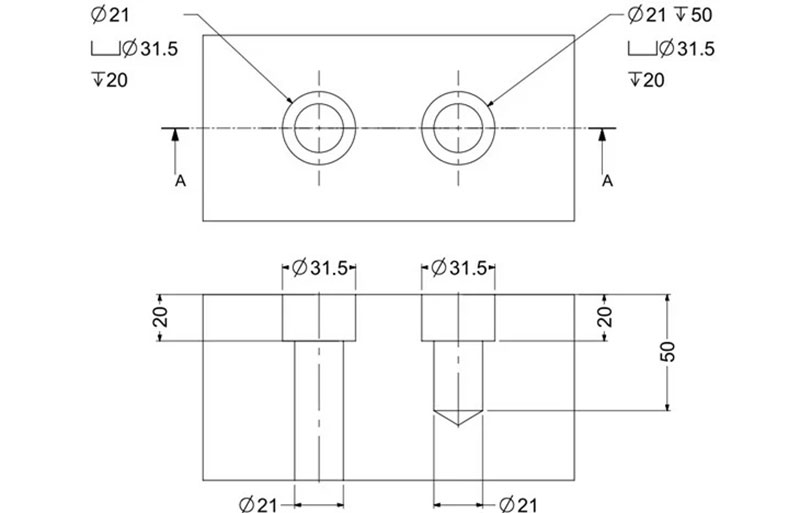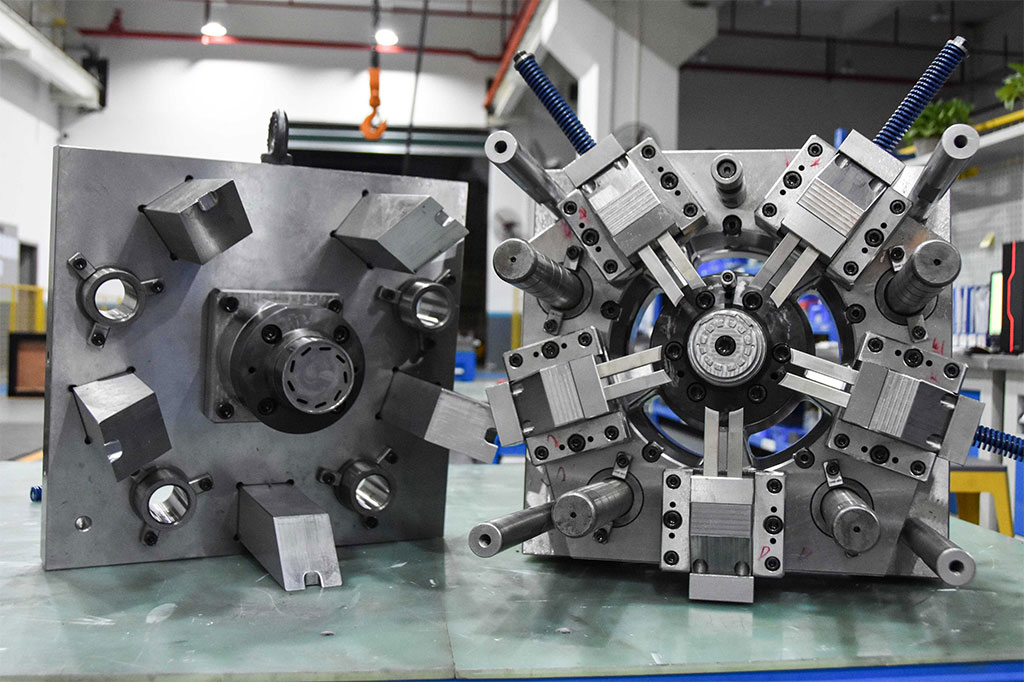A blind or pocket hole is a cavity/hole that doesn’t lead to the opposite end of the workpiece material. This hole can be reamed, milled, or drilled to a specific depth without completely going through the material to the opposite side. Therefore, the hole is usually closed at the bottom, creating a recess for fasteners, screws, dowels, slots, and other components. The blind hole derived its name because it is impossible to see through it.

Machinists often use a blind hole in metal and woodworking projects to ensure the fit is tight enough to hold and conceal screws or parts for a unique appearance. Machining blind holes in workpieces also allows the creation of top-quality products with intricate features or shapes in industries requiring precision and enhanced strength.
Product engineers and machinists often use standardized symbols to communicate design requirements in the manufacturing arena. The callout symbol of a blind hole shows its desired location, thread pitch, fastener size, diameter, and depth specification on the engineering drawing. Therefore, this callout symbol helps machinists and product engineers understand the design intent and accurate hole drilling.


